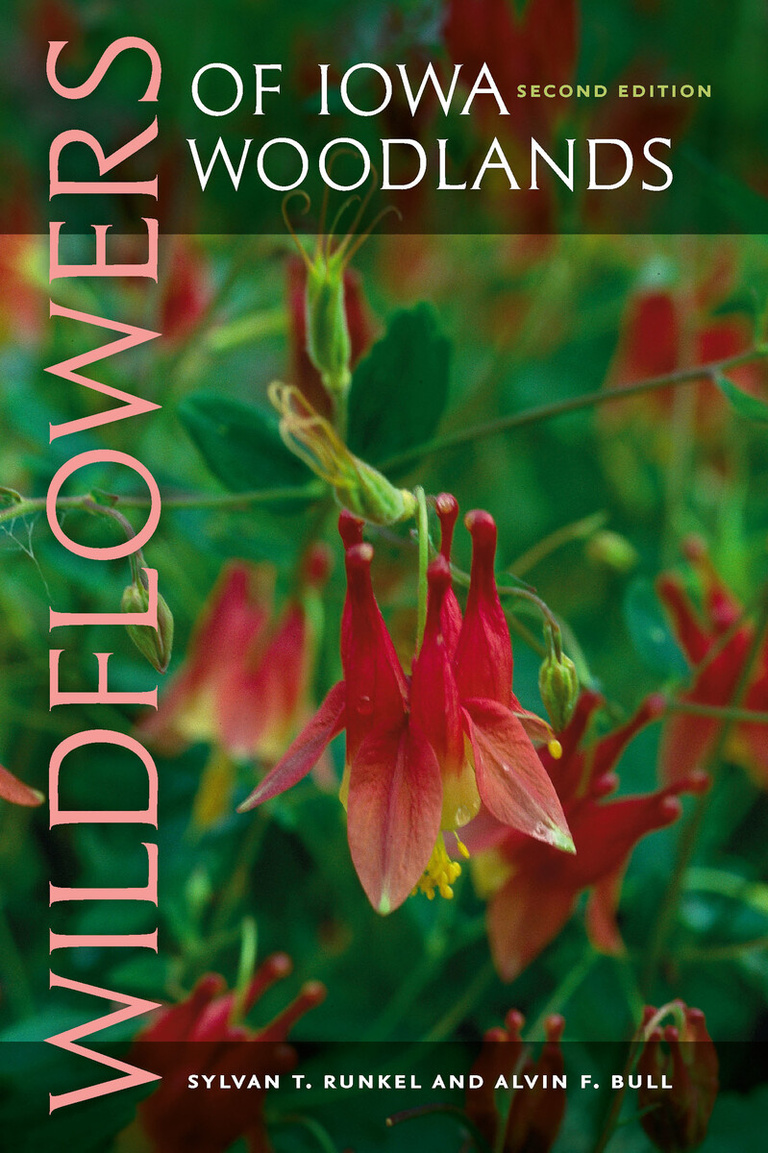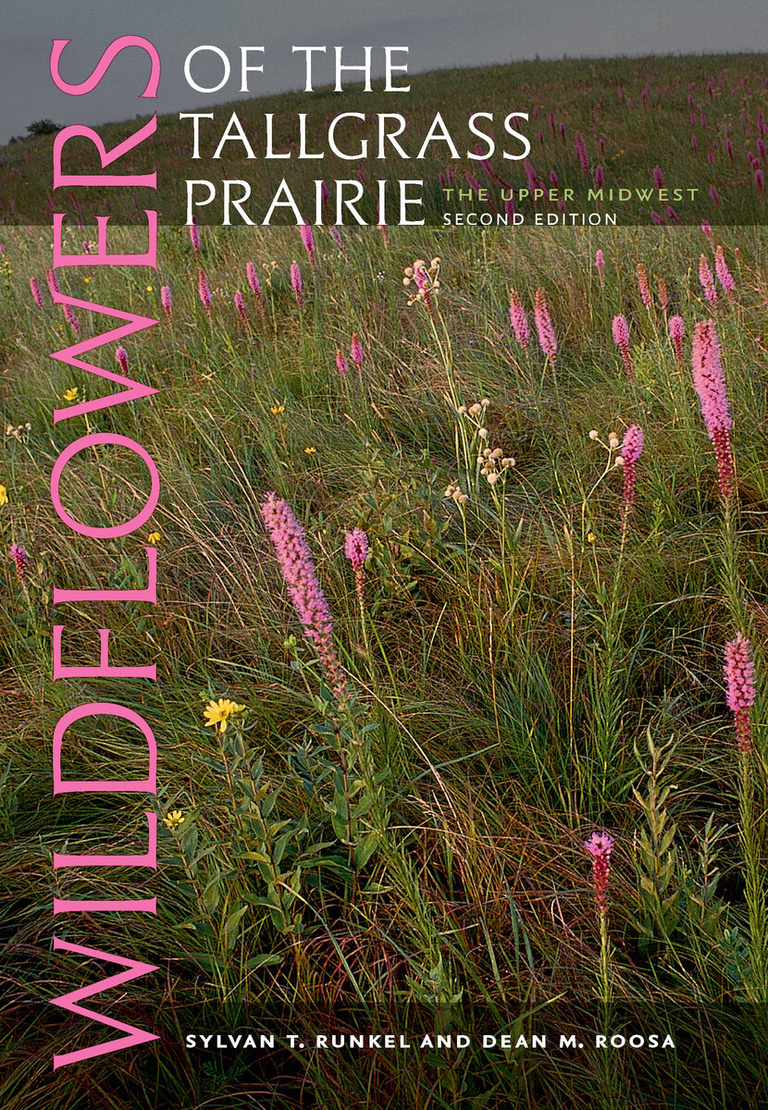Originally published in 1999, Wildflowers and Other Plants of Iowa Wetlands was the first book to focus on the beauty and diversity of the wetland plants that once covered 1.5 million acres of Iowa. Now this classic of midwestern natural history is back in print with a new format and all-new photographs, just as Iowa’s wetlands are getting the respect and attention they deserve.
In clear and accessible prose, authors Sylvan Runkel and Dean Roosa provide common, scientific, and family names; the Latin or Greek meaning of the scientific names; habitat and blooming times; and a complete description. Plants are presented by habitat (terrestrial or aquatic), then refined by habit (e.g., emergent, floating, or submerged) or taxonomic group (e.g., ferns and allies or trees, shrubs, and vines). Particularly interesting is the information on the many ways in which Native Americans and early pioneers used these plants for everything from pain relief to tonics to soup and the ways that wildlife today use them for food and shelter. Each of the more than 150 species accounts is accompanied by a brilliant full-page color photograph by botanist Thomas Rosburg, who has also updated the nomenclature and descriptions for certain species.
After decades of being considered an enemy of the settler, the farmer, and the citizen, Iowa’s wetlands have come into their own. We are finally caring for these important habitats. Runkel and Roosa’s updated field companion will be a valuable guide to today’s preservation and restoration initiatives.
“There are none better suited and better qualified to teach us about Iowa’s aquatic plants and wetlands than Dean Roosa and the late Sylvan Runkel. . . . This book is a splendid introduction to the different types of wetlands in Iowa and their beautiful and varied flora. By enabling more people to become familiar with our wetlands, this book will help ensure that those wetlands that remain and are being restored will not disappear. It is a fitting capstone to Sy Runkel’s long and productive career.”—from the foreword by Arnold van der Valk



